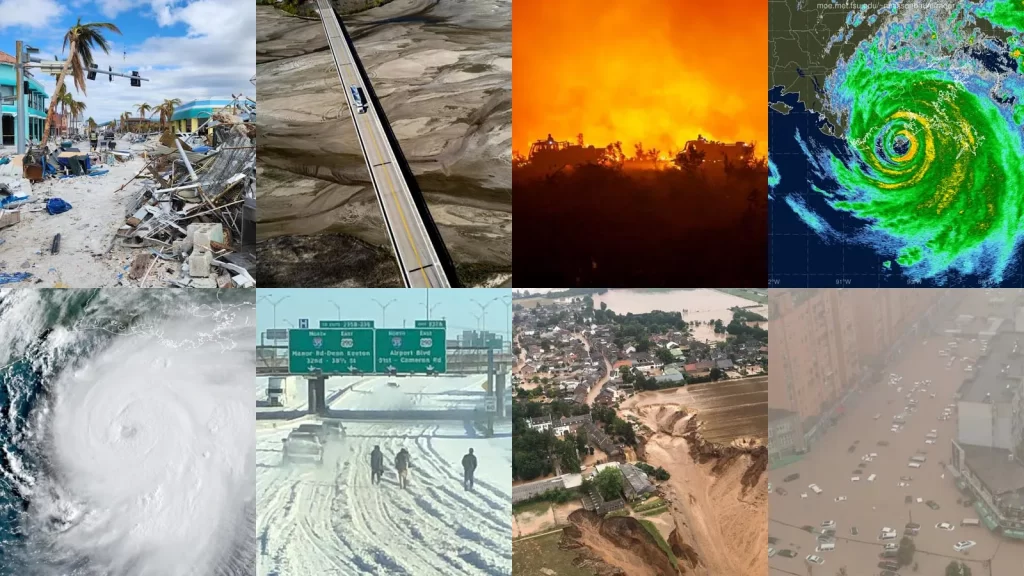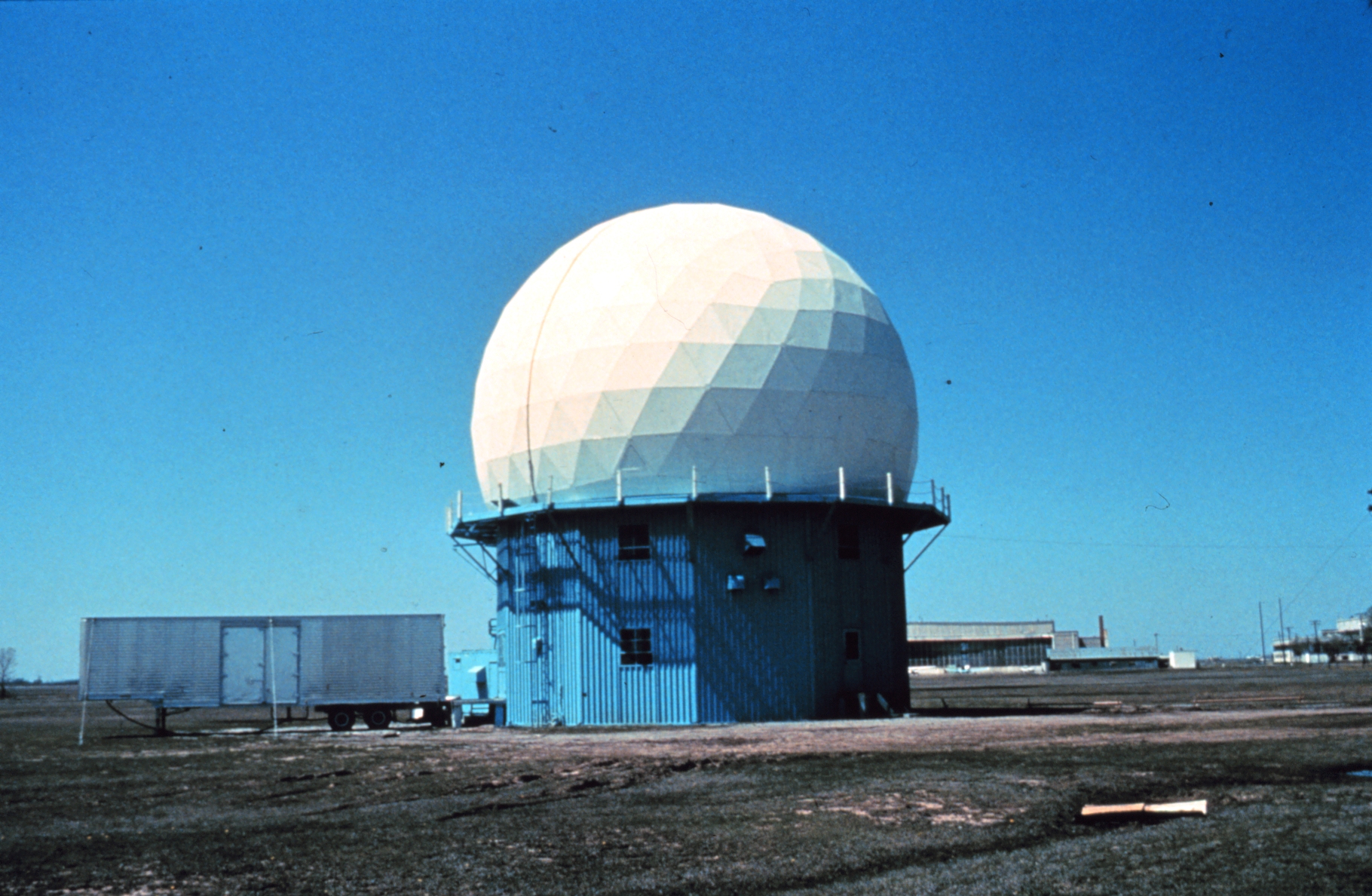Have you ever gazed up at the sky and witnessed a mesmerizing display of pouches or bubble-like structures hanging from the underside of a cloud? If so, you’ve had the privilege of observing one of nature’s most captivating phenomena: mammatus clouds. These distinctive formations have intrigued scientists, photographers, and cloud enthusiasts alike for centuries, and their appearance never fails to leave observers in awe.

Mammatus clouds, scientifically known as mammatocumulus, are a rare and stunning sight to behold. The term “mammatus” is derived from the Latin word “mamma,” meaning “udder” or “breast,” which aptly describes the appearance of these clouds. They are characterized by their unique pouch-like protrusions that hang down from the base of a cloud, creating a striking visual contrast against the sky.
The formation of mammatus clouds is a complex process that involves a combination of atmospheric conditions. These clouds typically occur in association with large cumulonimbus clouds, which are the towering thunderstorm clouds responsible for heavy rainfall, lightning, and even tornadoes. As the cumulonimbus cloud begins to dissipate, the sinking motion of cold air within the cloud can cause the formation of mammatus clouds.

One of the leading theories behind the formation of mammatus clouds suggests that they are the result of a process called “cloud-base detrainment.” This occurs when cold, dense air from the upper parts of the cumulonimbus cloud sinks and pushes into the warmer, more humid air below. As the cold air descends, it creates a series of lobes or pouches that protrude from the bottom of the cloud, giving rise to the distinctive mammatus appearance.
Another factor that contributes to the formation of mammatus clouds is the presence of strong wind shear. Wind shear refers to the change in wind speed or direction with height in the atmosphere. When there is a significant difference in wind speed or direction between the upper and lower levels of a cumulonimbus cloud, it can cause the cloud to become unstable and promote the development of mammatus structures.

The sight of mammatus clouds is not only visually stunning but also a testament to the incredible forces at work in Earth’s atmosphere. These clouds often appear during severe weather events, such as thunderstorms or even tornadoes, adding an element of drama and intensity to the sky. The pouches can range in size from small, grape-like structures to large, udder-like protrusions that can span several kilometers in length.
Mammatus clouds are not only a treat for the eyes but also a subject of fascination for scientists and researchers. While the exact mechanisms behind their formation are still being studied, these clouds serve as a reminder of the complex and dynamic nature of our atmosphere. They showcase the delicate interplay between temperature, humidity, and wind, resulting in a breathtaking display that captures the imagination of all who witness it.
For photographers and cloud enthusiasts, mammatus clouds present a unique opportunity to capture nature’s artistry at its finest. The contrast between the dark, ominous base of the cumulonimbus cloud and the soft, billowing pouches of the mammatus creates a striking visual composition that is both eerie and beautiful. Many photographers spend hours chasing storms and waiting patiently for the perfect moment to capture these elusive clouds in all their glory.

Beyond their aesthetic appeal, mammatus clouds also serve as an important indicator of atmospheric conditions. Their presence often signifies the potential for severe weather, such as strong winds, hail, or even tornadoes. Meteorologists and weather forecasters pay close attention to the development of mammatus clouds, as they can provide valuable insights into the stability of the atmosphere and the likelihood of extreme weather events.
Mammatus clouds are a true marvel of nature, captivating the hearts and minds of people around the world. Their unique appearance, born from the complex interplay of atmospheric conditions, serves as a reminder of the awe-inspiring beauty and power of our planet’s weather systems. Whether you are a scientist, photographer, or simply someone who appreciates the wonders of the natural world, the sight of mammatus clouds is an unforgettable experience that will leave you marveling at the incredible forces at work in the sky above us.

So the next time you find yourself gazing up at a stormy sky, keep an eye out for these mesmerizing pouches of clouds. Take a moment to appreciate the intricate dance of nature’s elements that come together to create such a spectacular display.





























